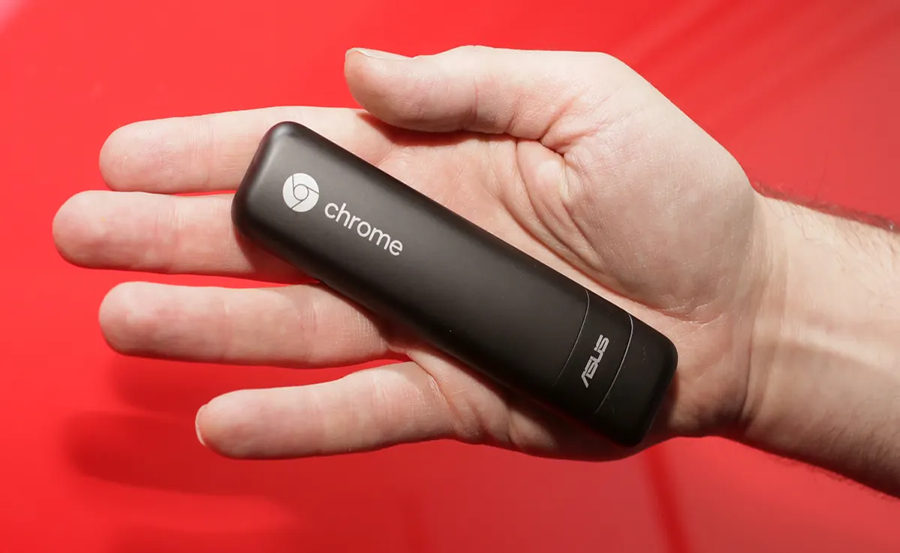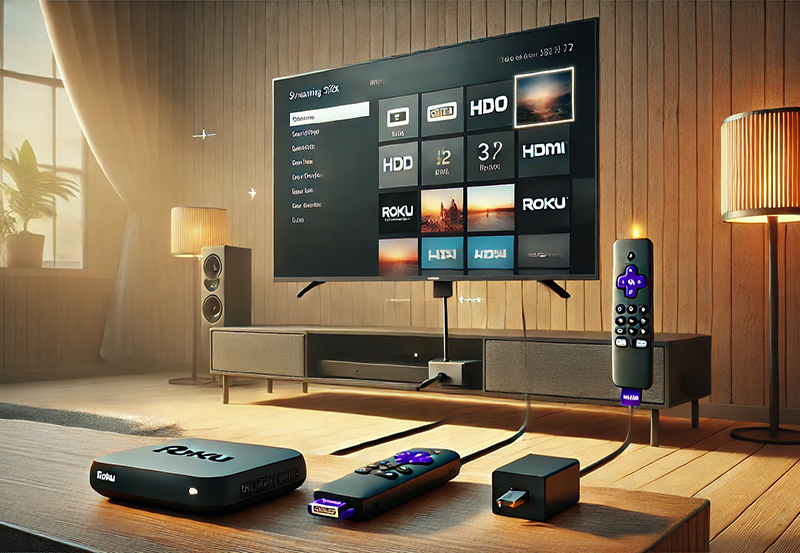Replacing your device’s operating system sounds daunting, doesn’t it? Yet, for many tech enthusiasts and business professionals, installing Linux on an Asus ChromeBit is a strategic move toward more control and better performance. In the following guide, you’ll gain insights into a smooth transition process. We’ll not only explore the installation but delve into optimizing your Linux experience, especially when it intersects with contemporary needs like IPTV viewing.
Why Consider Linux for Your ChromeBit?
Many users often wonder why they should transition to Linux on devices like the Asus ChromeBit. The primary appeal is rooted in the need for a flexible operating system that maximizes the utility of a compact device. To further understand the benefits, consider the following:
Enhanced Performance
Running Linux on a ChromeBit allows for improved system efficiency. With Linux’s lightweight architecture, users often experience faster load times and seamless multitasking capabilities. This can be particularly valuable when running demanding applications.
Quick Tip:
Never miss a live event again! Subscribe to Affordable IPTV services for sports enthusiasts worldwide.
Increased Security
Linux is renowned for its robust security features. For business professionals handling sensitive information, the ability to customize security settings to suit individual needs is a significant advantage. With Linux, security updates are more frequent and better tailored.
Cost-Effectiveness
Typically, users switch to Linux to take advantage of cost savings. No need to invest in costly software licenses. This makes it a preferred choice for those seeking Affordable IPTV solutions. By leveraging open-source applications, businesses reduce overhead costs without compromising on functionality.
Prerequisites for the Transition
Before embarking on the installation journey, it’s essential to gather all necessary tools and possess a fundamental understanding of the process. Preparation can minimize complications that might arise during the setup.
Hardware Requirements
- An Asus ChromeBit device
- USB keyboard and mouse
- A USB drive (at least 8GB storage)
- Stable internet connection
Software Preparations
Install a Linux distribution that is compatible with ChromeBit. Ubuntu and Debian are popular choices, known for their user-friendly interfaces. Download the ISO file to your computer and use tools like Rufus to create a bootable USB drive.
The Installation Process
With preparations in place, it’s time to get started with the operational phase. Follow each step carefully, ensuring your transition to Linux is smooth and hassle-free.
Boot from USB
Plug the bootable USB drive into the ChromeBit. Restart the device and enter the boot menu, typically accessible by pressing the ESC or F2 key during startup. Select the USB drive as the boot source.
Launching the Installer
Once booted from the USB, you’re greeted with the installation menu. Here, select ‘Install Linux.’ Pay close attention to the installation prompts, including disk partitioning. Opt for a guided setup to simplify this process.
Configuring the System
During installation, you’ll configure language preferences, time zones, and network options. It’s crucial to connect to the internet to download required updates and drivers, enhancing system compatibility and performance.
Post-Installation: Setting Up Your Environment
Installation is merely the initial step. Post-installation configuration ensures that you can fully utilize the capabilities of Linux.
Updating the System
Start by performing a full system update. Open the terminal and use commands like sudo apt update and sudo apt upgrade to enhance system stability and security.
Installing Essential Applications
To maximize efficiency, install applications tailored to your productivity needs. Popular recommendations include LibreOffice for document processing and GIMP for image editing.
Optimizing for IPTV Viewing
One significant advantage of installing Linux on the ChromeBit is the potential to enjoy Superior IPTV Viewing. Eh, who wouldn’t want that?
Setting Up IPTV
Choose from a variety of IPTV players like VLC or Kodi to stream content smoothly. These applications support the Best IPTV channels and offer customizable interface options, enhancing your viewing experience.
Configuring Affordable IPTV Services
With Linux, pairing with Affordable IPTV services is straightforward. Use web browsers or dedicated IPTV players to enter service credentials and stream content reliably.
Common Challenges and How to Overcome Them
Switching operating systems might not always be smooth sailing. Users can encounter several stumbling blocks when navigating unfamiliar terrain.
Compatibility Issues
Some ChromeBit models may face compatibility issues with certain Linux distributions. It might involve additional driver installation or tweaking settings, which can be done quickly through Linux forums and support communities.
Performance Tuning
For optimal function, performance tuning can be necessary post-installation. Tools like htop can monitor system resources, allowing you to adjust processes and settings for seamless operation.
The Future with Linux on ChromeBit
Adopting Linux on your ChromeBit opens new horizons, offering not just enhanced functionality but also stimulating a more engaging relationship with technology. The flexibility and control afforded by Linux contribute substantially to an elevated user experience. Plus, as technology advances, so will the integration possibilities, further augmenting its advantages.
Frequently Asked Questions

Can the transition to Linux be reversed on a ChromeBit?
Yes, reverting to Chrome OS is feasible. It requires booting from a recovery drive or using Google’s recovery tools.
Is Linux suitable for streaming the Best IPTV channels?
Absolutely. Linux supports numerous applications ideal for IPTV streaming, enhancing viewing flexibility and quality.
How does Linux contribute to Affordable IPTV setups?
Linux, being open-source and free, minimizes software costs, synergizing well with cost-effective IPTV services to maximize savings.
What should I do if my ChromeBit doesn’t recognize the bootable USB?
Ensure the ISO was correctly written. Re-create the USB using tools like Rufus or check BIOS settings to ensure correct boot sequence.
Which Linux distribution is best for a ChromeBit?
Distributions like Lubuntu and Xubuntu are advantageous due to their lightweight nature, optimizing performance on compact devices like ChromeBit.
How to Solve IPTV Audio Sync Issues on Various Devices





